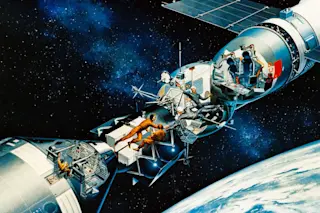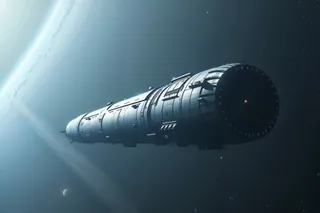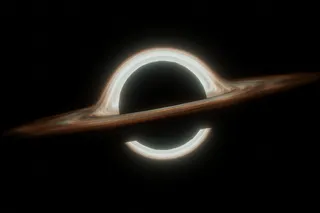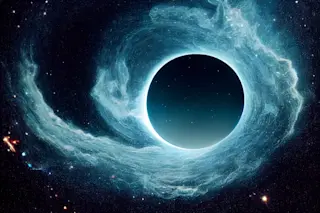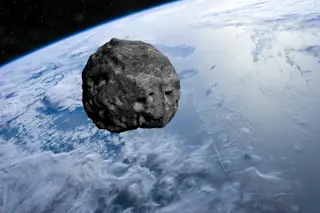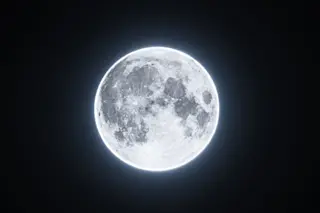On July 17, 1975, the U.S. and the Soviet Union docked two spacecraft together in orbit as part of the Apollo-Soyuz Test Project, humanity’s first international space mission. Over the course of two days, NASA astronauts and Soviet cosmonauts performed a series of scientific experiments and technology demonstrations. But the mission’s main purpose was far more earthly. It was a political demonstration of peace.
For some historians, the Apollo-Soyuz mission marked the formal end of the space race and the beginning of an extended era of international cooperation in space. Today the spaceflight gets credit for helping pave the way for the joint Shuttle-Mir space program, as well as the International Space Station.
“I really believe that we were sort of an example … to the countries,” astronaut Vance Brand said in a NASA oral history interview in 2000. “We were a little of a spark or a foot in ...


